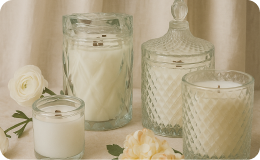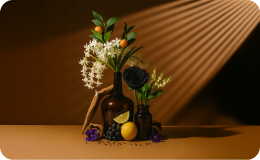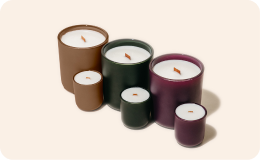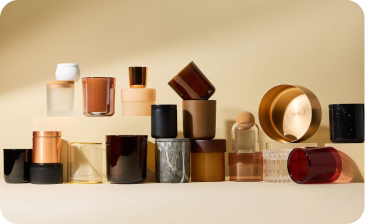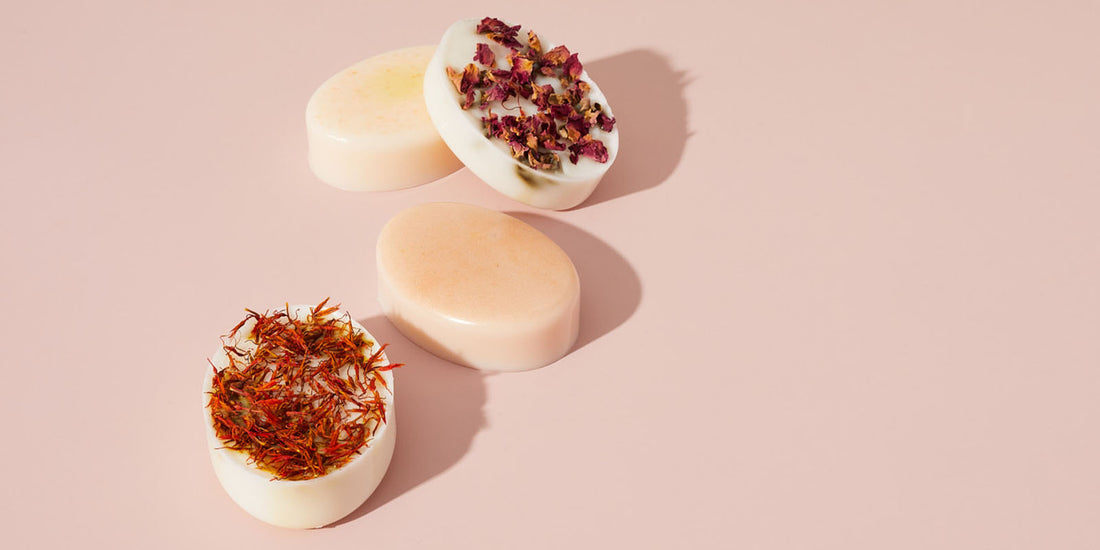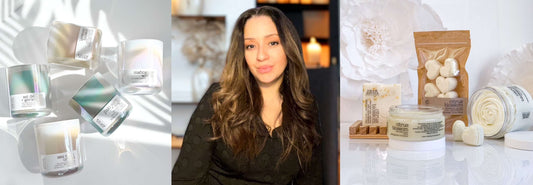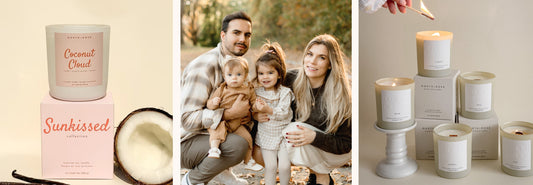Do Botanicals Mold In Soap?

Let’s get science-y, soap makers!
Making soap with botanicals is a hot topic in the soap making community because of the potential risk of mold growth, so let’s clear up the facts.
When doing our own research, we’ve come across a lot of different kinds of information regarding this issue - we’ve seen claims that botanicals should never be used in soap while other claims state it’s perfectly fine.
To ensure you can keep adding some flower power to your lovely soaps (because they look SO pretty with colorful petals!), let’s dive into why these two perspectives exist so that you can fully understand the relationship between soap, botanicals, and mold.
how does mold form?
To understand the relationship between soap, botanicals, and mold, we first have to understand how mold grows.
Microscopic mold spores (a reproductive cell made by bacteria and fungi) are virtually everywhere and travel from our natural environment through the air we breathe. Since this is the case, we live symbiotically with them and are mostly unaware of them, but sometimes we’re knowingly affected by them when we start getting those pesky seasonal allergy symptoms.
Now, mold spores need heat, moisture, and organic matter to create the appropriate environment for mold to grow and thrive. So, what does this mean for botanicals and soap?
the ph environment of soap
Let’s get a glimpse of the chemical components in soap to understand this relationship a little better. Most pure oil-based soap recipes and melt & pour soap bases have a pH balance between 8 and 10, meaning they are far too alkaline to sustain mold.
Mold needs an acidic pH environment to thrive, and most soap recipes don’t contain this. However, the water and pH level in soap can change if high-water content fresh ingredients are added to your recipe such as fruit purees, cooked veggies, grains, fresh botanicals, and other organic compounds.
Now, let’s talk more about botanicals.

how to add botanicals to soap & prevent mold
If you’re making cold process soap, it’s important to only add botanicals during the tracing stage as the water evaporates during curing. This will allow the water from the fresh organic matter to evaporate and ultimately prevent mold from forming. If you add botanicals during a different stage in your process, you’re likely to open your soap up to growing mold.
If you’re making melt & pour soap and want to add botanicals, make sure to use a base with a pH between 8 and 10 to ensure mold prevention.
It’s also important to only use botanicals or organic matter that have been pre-dried and naturally treated like the natural powders and botanicals from makesy. This helps avoid excess water from getting into your recipe.
use the right kind of soap base
Now that you know it’s possible for botanicals to mold in your soap, let’s get a little more specific. There are some botanicals that are safer than others to mix into your soap formula and others that are better to sprinkle on the tops of your soap.
This is because some flowers are more sensitive to moisture than others, which means they will absorb moisture from their surrounding environment and start to discolor in your soap.
Our melt & pour soap bases are formulated with very simple ingredients, so any acidic pH that is added into them will usually cause changes. To avoid these changes, we’ve tested our melt & pour soap bases with our botanicals to determine which ones are safer for inside and on top of soap bars.

recommended botanicals for the top of your soap bars
Our in-house soap-making experts recommend rose petals, lavender buds, juniper sprigs, sage leaf, and organic chamomile flowers.
If you’re going to decorate your soap with these botanicals, let your soap set for at least 24 hours, then spray some alcohol on the top of your soap where you wish to place your botanicals.
Once the alcohol has been sprayed, lightly press the botanicals into the soap. Alcohol will create a glue-like substance and the botanicals will stick to it. Since the alcohol has a high evaporation rate, it will dry quickly and prevent any type of additional moisture from building up. This method should preserve the life of the dried botanicals on your soap.
recommended botanicals for mixing into your soap base
This next group of botanicals are safe to mix into your soap base and sprinkle on top: calendula petals, blue cornflower petals, and safflower petals.
We recommend adding these when your soap base has melted, but not while it's steaming hot so the petals don’t absorb the steam. Once you've mixed these pretty petals into your base, you can pour the entire soap base into your soap molds.
More petals can be added on the top immediately after you've poured your base, or you can add them using alcohol as previously mentioned.
making your soap in the right environment
The environment where you make and store your soap also plays a role in the nature of mold formation. Remember to keep your work area free of excess moisture and humidity every step of the way.
It’s also important to let your customers know that if your soap contains botanicals or any type of organic additives, they need to make sure they store their soap properly on draining caddies where excess water can run off.
Turning on bathroom fans or opening windows can also help eliminate humidity so that soap bars can dry quickly and not remain warm or wet for too long after use.
the final answer on botanicals in soap
Botanicals are completely safe to use in soap and the chances of mold forming are minimal. If you’re taking the right prevention steps during your making process and educating your customers on how to properly care for their soaps, you shouldn’t experience any mold build-up… just clean, sudsy, good-smelling soap bars!
We hope these tips help you achieve your soap bar visions without any yucky mold. However, if you do find botanicals are molding in your soap, feel free to reach out to us via email so we can better assist you.
Looking for more soap making tips and tricks? Check out our blog on how to prevent loaf layers of soap from separating.
We love seeing your personal soap creations and if you tag us in your product photos on Instagram @makesy, we may feature them on our page!
Happy making!

